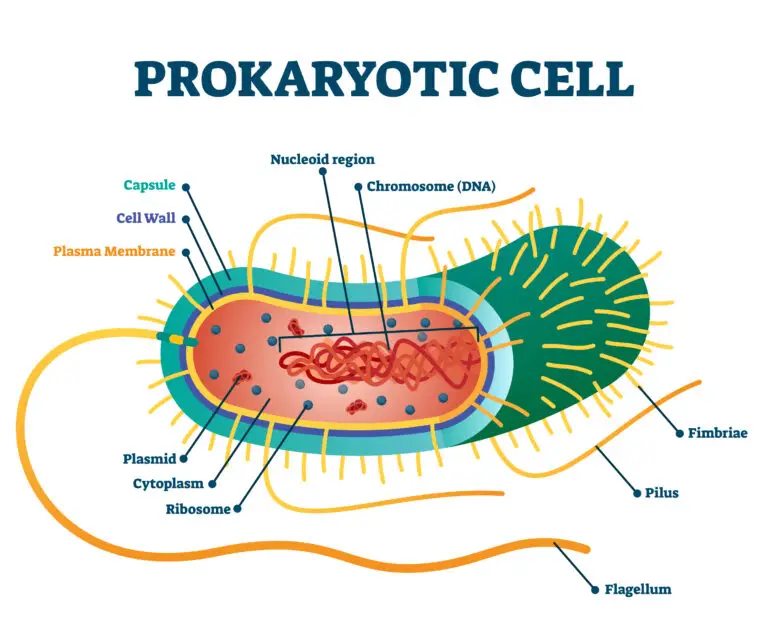Prokaryote

Table of Contents
What is a Prokaryote?
A prokaryote is a type of cell that lacks a distinct membrane-bound nucleus and other membrane-bound organelles. Prokaryotic cells are characterized by simplicity, with genetic material (DNA) located in the nucleoid region rather than within a membrane-enclosed nucleus. Prokaryotes represent a major group of microorganisms, and they are divided into two primary domains: Bacteria and Archaea.
Key Features of Prokaryotic Cells
Lack of Nucleus
Prokaryotic cells do not have a true nucleus with a nuclear membrane. Instead, the genetic material, usually a single circular DNA molecule, is found in the nucleoid region, a less defined area in the cell.
No Membrane-Bound Organelles
Prokaryotes lack membrane-bound organelles such as mitochondria, endoplasmic reticulum, and Golgi apparatus. The cytoplasm contains ribosomes, but these are not enclosed in a membrane.
Cell Wall
Most prokaryotic cells have a rigid cell wall that provides structural support and protection. The composition of the cell wall varies between bacteria and archaea.
Plasma Membrane
Prokaryotic cells have a plasma membrane that surrounds the cell, serving as a selective barrier and facilitating the transport of substances into and out of the cell.
Cytoplasm
The cytoplasm of prokaryotic cells contains the cellular components, including the nucleoid, ribosomes, and various small molecules necessary for cellular functions.
Circular DNA
The genetic material in prokaryotic cells is typically a single, circular DNA molecule. It lacks the complex packaging seen in eukaryotic cells.
Domains of Prokaryotes
Bacteria: Bacteria are diverse prokaryotic microorganisms found in various environments. They can be beneficial, neutral, or pathogenic to other organisms. Examples include Escherichia coli and Streptococcus.
Archaea: Archaea are a group of prokaryotes that often inhabit extreme environments, such as hot springs, acidic environments, or deep-sea hydrothermal vents. They are distinct from bacteria in terms of genetics and biochemistry. Examples include Methanogens and Thermophiles.
Importance of Prokaryotes
Ubiquity: Prokaryotes are widespread and inhabit diverse environments, including soil, water, air, and the bodies of plants and animals.
Ecological Roles: Prokaryotes play crucial roles in ecological processes, such as nutrient cycling, decomposition, and nitrogen fixation.
Industrial and Biotechnological Applications: Some prokaryotes are used in industrial processes, such as producing antibiotics, enzymes, and fermented foods.
Pathogenicity: While many prokaryotes are harmless or beneficial, some bacteria are pathogens that can cause diseases in humans, animals, and plants.
Research and Biomedical Advances: Prokaryotes are essential research subjects in microbiology, genetics, and biotechnology. They have contributed significantly to scientific understanding and technological advancements.
Related Links
Bacteria
Microscope
Plasma Membrane
Replication